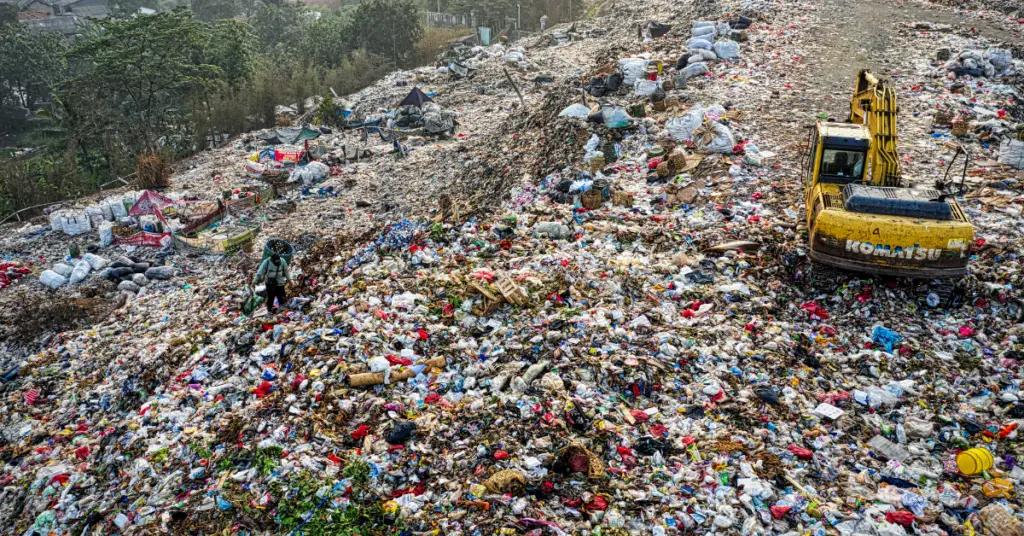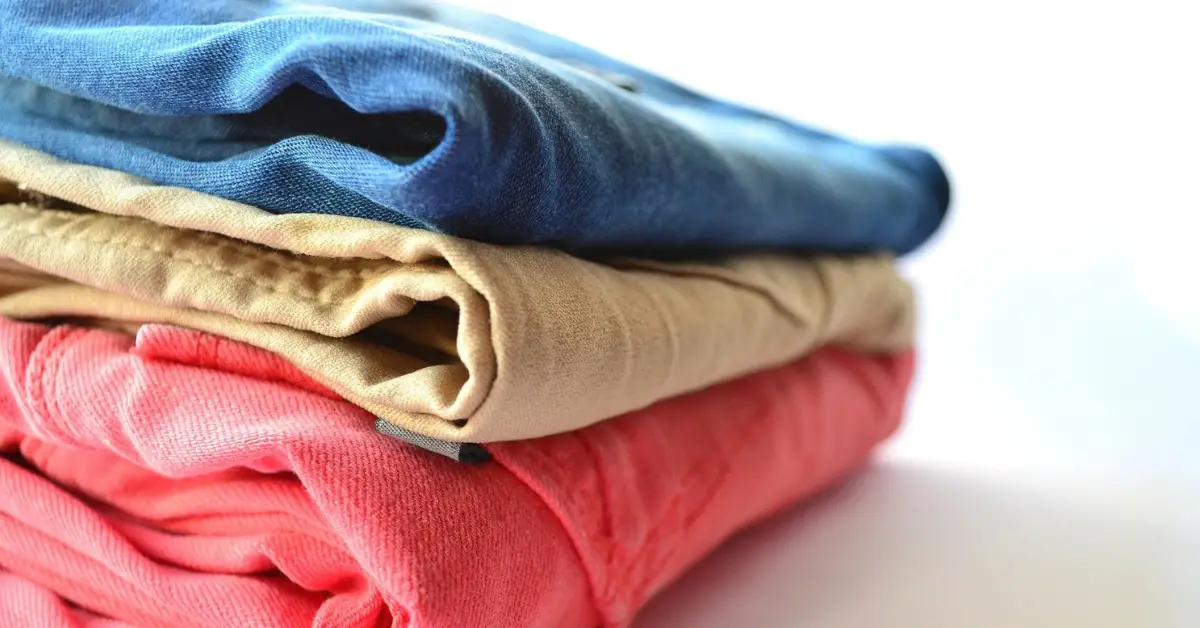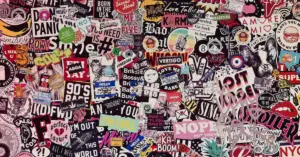Zaful has become a go-to, affordable fast fashion retailer since it came on the scene in 2014. With rock bottom prices and delivery to homes in over 260 countries worldwide, the appeal is obvious. However, the spotlight is on the environmental cost of fast fashion brands more than ever – especially as consumers are becoming more and more aware of how their choices affect the planet. In terms of the environment, is Zaful sustainable? With no affiliation with the brand, we take an unbiased look at their efforts (or lack of…).
So, is Zaful sustainable?
Zaful uses lots of synthetic materials

Fast fashion retailers often use synthetic materials to keep costs down. They are much cheaper than natural materials such as cotton and wool. However, these synthetics bring with them a whole host of negative environmental impacts. Nylon and polyester, both staples in the Zaful clothing range, are derived from crude oil. Fossil fuels, such as crude oil, are non-renewable. When extracting them from the environment they can have a significant environmental impact including water pollution, greenhouse gas emissions and soil degradation. Although fashion is clearly not entirely to blame for this – fossil fuels are used widely in many industries – it certainly contributes.
Other resources are also used. The manufacture of nylon uses a lot of energy and water – and the energy is unlikely to come from clean, renewable sources. Unfortunately the impact does not stop there. Nitrous oxide is released during the nylon production process. For each kilo of adipic acid produced approximately 30 grams of nitrous oxide is released. Since nitrous oxide is a greenhouse gas, it will contribute to climate change.
Zaful contributes to microplastic pollution
The synthetic clothes that Zaful sell in vast amounts also contribute to microplastic pollution. Nylon and polyester are, essentially, types of plastics. When these are washed, microplastics – tiny, barely visible pieces of plastic – are released into the waterways. These travel to water processing facilities and it is estimated that up to 40% will ultimately end up in rivers, lakes and the ocean. And let’s face it, their lack of breathability make them a candidate for the laundry basket after every wear! As well as the water used for frequent washing, these can cause havoc for marine life, and even end up on our dinner plates…
Zaful is ridiculously cheap!
Although not quite as cheap as some other online fast fashion retailers (see: Shein!), Zaful is still ridiculously cheap – made even cheaper with the regular discounting available. This is great for the customer and allows for regular wardrobe rotation, but not so much for the environment. Items are bought as a one-time wear rather than a fashion investment for a few seasons.

If you look after your garments, they can potentially last years. But the reality is, many people regard really cheap clothes as disposable. Perhaps a sign of a wider issue in our throwaway society. We don’t mend things, including clothes, nearly as much as our relatives from a few decades ago did – these days we simply throw them in the trash. And generally, they end up in landfill, causing environmental issues from greenhouse gas emissions to soil pollution.
What steps have Zaful taken to become more sustainable?
Not many! Zaful are aware that the fast fashion industry, and fashion in general, have a responsibility to harm the planet as little as possible. However, their actions to address this are minimal. On their website, they claim it is their aim to generate a green way to manufacture their products – from their pattern making to the inks that they use. There are no measurable goals listed or any mention of progress that they have made in recent years – usually something that businesses love to shout about! Zaful are very poor in this area.
The bottom line
Zaful have hinted at using at considering environmental sustainability, however their reported efforts are minimal – and very vague. Their claims to be aiming for a green way to produce their items (such as the inks they use), although a small step forward, does not address the main issue – the sheer volume of synthetic items that they sell. Our advice? Avoid or, at least, don’t buy in large quantities.








